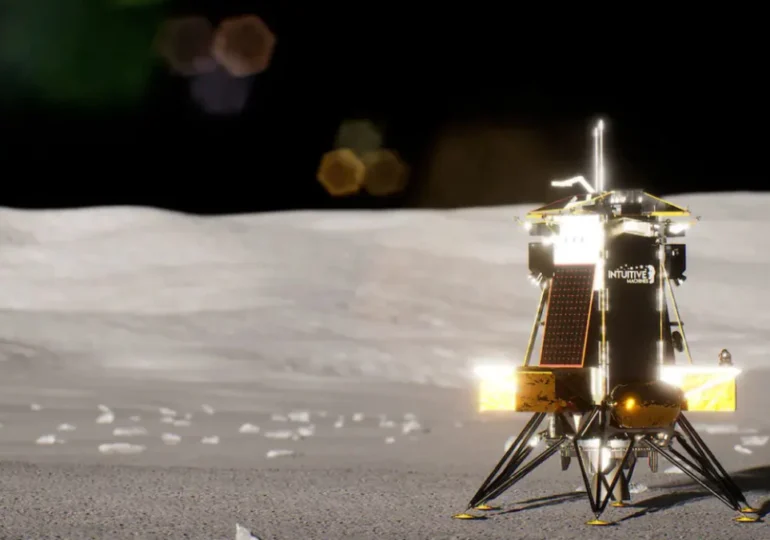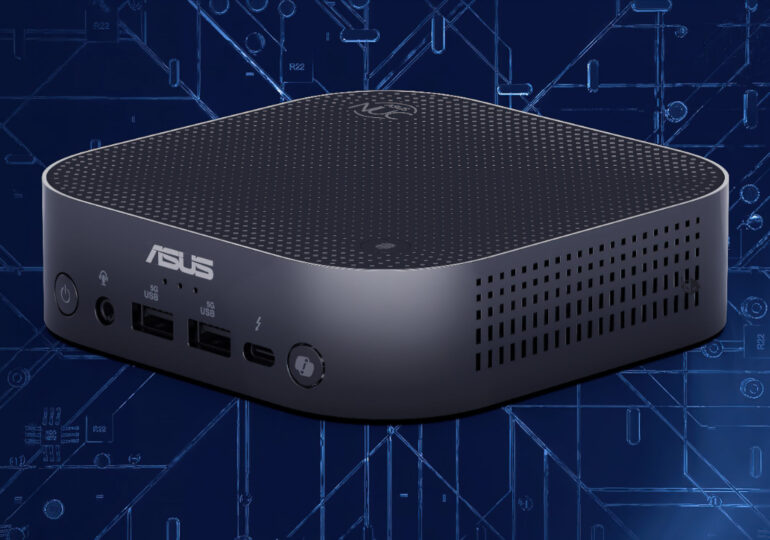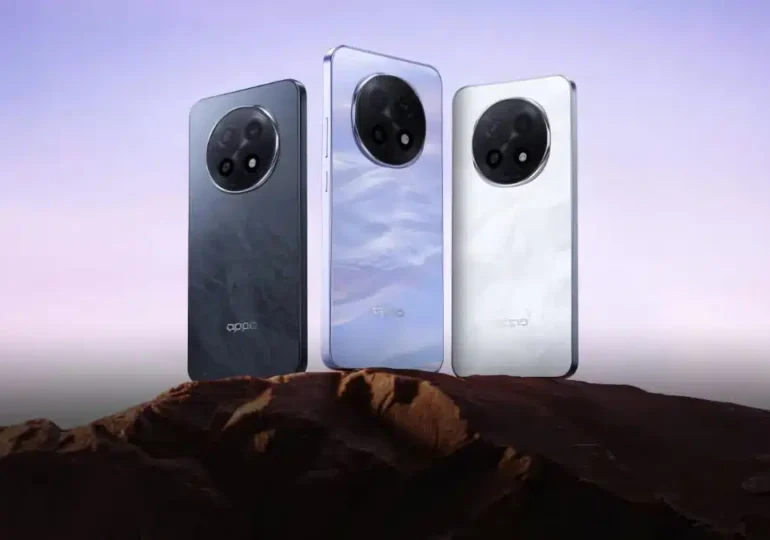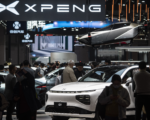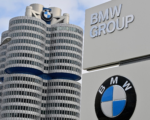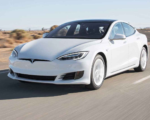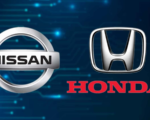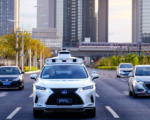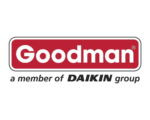China-Europe Rivalry Heats Up at Paris Car Show as EV Tariffs Loom
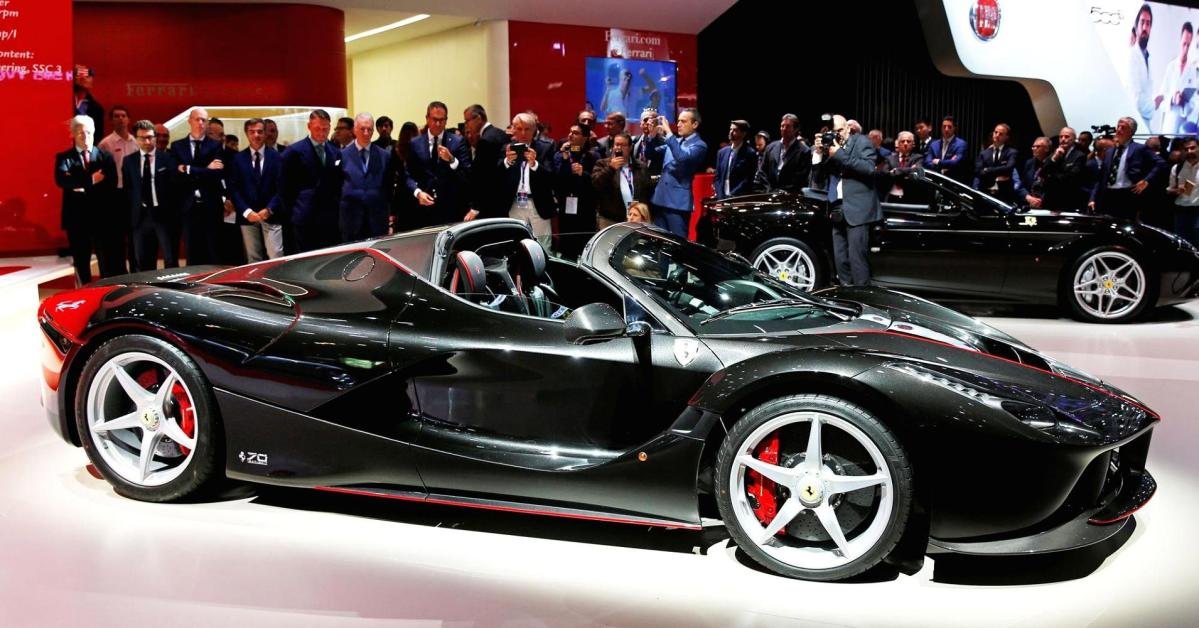
The Paris car show, one of Europe’s largest automotive events, has become a battleground for Chinese and European automakers. Tensions are rising as the European Union prepares to impose significant tariffs on Chinese-made electric vehicles (EVs), a move that could reshape the future of the industry amid already weak demand.
Chinese automotive giant BYD voiced concerns over the planned tariffs, which could reach 45%, warning that these levies would push up prices and deter consumers. Stella Li, executive vice president of BYD, highlighted that the higher costs would disproportionately affect lower-income buyers. “It will stop poorer people from buying,” she said, underlining the impact on affordability and consumer access.
This year’s Paris show, while showcasing major players from both sides, reflects a critical moment for the auto industry. European manufacturers, struggling with declining sales and profitability, are trying to prove they can compete with their Chinese counterparts, who have been rapidly gaining ground.
Tariff Debate and Chinese Expansion
The EU’s impending tariffs are aimed at countering what it describes as unfair subsidies from Beijing to Chinese automakers. European leaders argue that these subsidies give Chinese companies an edge by artificially lowering production costs, allowing them to flood the European market with cheaper EVs. However, Beijing denies these claims and has threatened retaliatory measures against the EU.
Despite the controversy, Chinese automakers are pressing ahead with their plans to expand into Europe. BYD, along with eight other Chinese brands, including Leapmotor, are debuting their latest models at the Paris show. Chinese companies accounted for nearly half the brands present in 2022, but this year they represent about one-fifth, reflecting a stronger response from European carmakers determined to defend their market share.
One of the key attractions at the event is BYD’s Sea Lion 07 SUV, which is expected to generate buzz among European consumers. However, while Chinese automakers like BYD are selling across Europe, they still struggle with brand recognition. That lack of awareness is something they aim to overcome with more aggressive marketing strategies and product launches.
Other Chinese automakers, such as Leapmotor and GAC, are also making their European debut, with plans to establish hundreds of sales points by 2025. While these companies have gained a foothold by undercutting their European rivals on price, they are also trying to differentiate themselves by offering better equipment and features as standard.
.jpg)
Europe’s Response
On the European front, car manufacturers face an uphill battle. Industry giants like Volkswagen, BMW, and Mercedes-Benz have all issued profit warnings, largely due to declining sales in China, their biggest market. These companies are feeling the pressure to innovate and reduce costs in the face of Chinese competition, which can bring new models to market in just two years—half the time it typically takes traditional Western automakers.
The European car market itself is struggling. Sales hit a three-year low in August 2024, and automakers like Stellantis have been forced to slash earnings forecasts due to inventory issues in the U.S. market. The European auto industry is now grappling with potential job cuts and factory closures, as companies like Volkswagen consider shutting down plants in Germany to cut costs.
As automakers scramble to remain competitive, Stellantis CEO Carlos Tavares hinted at tough decisions ahead, including potential job cuts or even offloading underperforming brands. Speaking on French radio, Tavares emphasized that it would ultimately be up to consumers to determine which brands survive, saying, “It’s the clients, not me, but there is no taboo.”
Adding to the pressure, European consumers are becoming more price-conscious. The French government recently announced that it would reduce its subsidies for EV buyers, following in the footsteps of Germany, which ended its EV subsidy program in 2023. These moves are likely to further strain the EV market as manufacturers try to close the price gap between electric vehicles and their cheaper gasoline-powered counterparts.
The Broader Context: Chinese and U.S. Relations
For Chinese automakers, the European market is critical, as they have largely been shut out of the U.S. market. The Biden administration has imposed a 100% tariff on Chinese-made EVs and proposed restrictions on key Chinese software and hardware in connected vehicles. With limited opportunities in the U.S., Chinese automakers are turning to Europe as their next big growth market.
Chinese companies have been able to leverage their lower production costs and fast development cycles to gain an advantage over European automakers. However, the upcoming EU tariffs could slow down their momentum, depending on how Chinese brands respond. So far, no Chinese automaker has announced plans to raise prices to offset the expected tariffs, but industry analysts warn that increased costs may be inevitable.
Future Outlook: A Battle for Market Supremacy
As EV adoption continues to rise, the competition between Europe and China is intensifying. While Chinese automakers have gained a reputation for producing affordable, feature-rich EVs, they still face hurdles in brand recognition and consumer trust. On the other hand, European automakers must quickly innovate and cut costs if they want to defend their home turf.
Industry insiders predict that price parity between electric and gasoline-powered vehicles could be achieved within the next two to three years, a milestone that could level the playing field for all manufacturers. However, the race is on, and European automakers have only a short window to catch up to their Chinese rivals.
As John Dunne, an automotive expert at Stax, noted, “The Europeans have massive alarm bells ringing. They have recognized they need to do something pretty radical, and they only have a couple of years to do it.”


